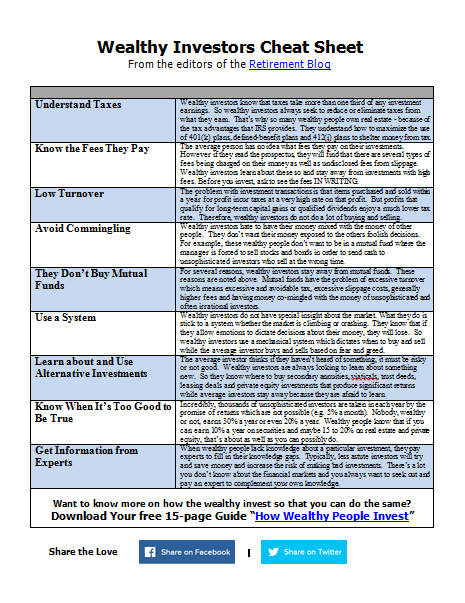You have probably purchased open end income funds (most income mutual fund are open end). These funds typically invest in some type of bonds such as municipal, government or corporate bonds. The price you pay for your shares is exactly equal to the value of your share of the bonds in the portfolio. And on any day, you can redeem your shares by selling them back to the fund.
What if you could buy into the same type of portfolio at a discount? You receive the same interest, but pay less to get it. This translates into a higher yield on your money. This is a frequent possibility with closed end income funds whose shares sell at a discount to the value of the bonds in the portfolio.
When you sell your shares, you do not sell them back to the fund, but rather, sell to another investor just like when you sell shares of stock.
These funds can be an excellent source of retirement income.It is best to buy these shares AFTER their initial public offering. Brokers love to pitch the public offering of these shares and will tell you "non commission." In fact, there is a 4% commission bui8lt into the initial price, typically $15 per share. So you will pay $15 per share if you buy at the new offering but the next day, your shares will be listed in the newspaper for 4% less (at $14.40 per share) if you want to sell. If you buy these in the after-market, say the day after the public offering, you will pay $14.40 per share plus a brokerage commission (less than $10 from a discount broker or up to 2% through a full service broker). So the rule: Don't buy shares of closed-end income funds as a new offering because it's good for your broker, bad for you.
Ask a couple questions to make sure you are not taking extra risk:
What percentage of bonds in the closed end income fund portfolio are premium bonds (bonds that are trading above their face value of $1000)? If that number is significant, say more than 20%, this could lead to erosion in the bond portfolio value as these bonds mature at par. Fund managers like premium bonds as they allow the fund to show a higher current yield but in the long run, can erode your price per share.
Does the closed end income fund use leverage—does it borrow to buy bonds? While this strategy can lead to a significant increase in the interest you earn, leverage cuts both ways and can cut into the yield if short-term rates rise quickly. For example, currently (December 2012) funds can borrow money at say 1.5% and buy bonds at 4% and this helps increase your yield as a shareholder. But if those short term interest rates suddenly jump to 5%, then the fund will be paying out more interest in those leverage binds than the fund receives resulting in losses.
You can find a comprehensive list of closed end income funds in Barrons, issued every Saturday. Barrons shows the funds selling at a discount.
You can find a guide to closed end funds at

Leave a Reply